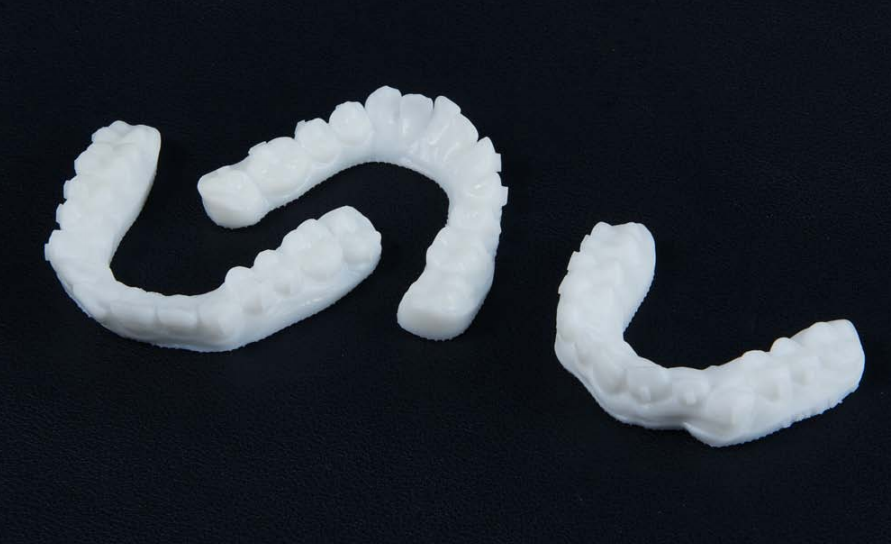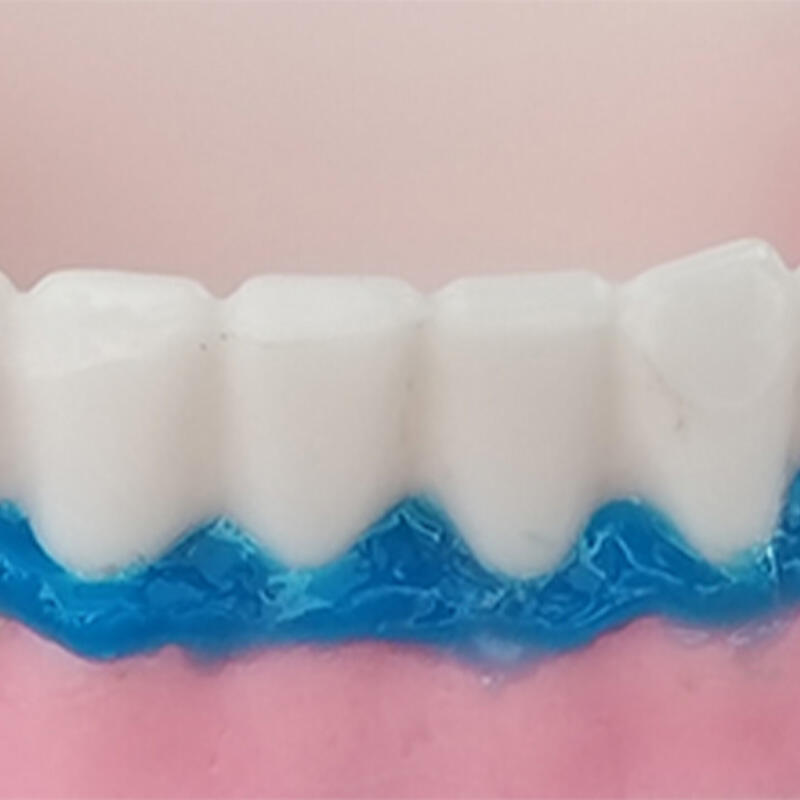The Evolution of Modern Orthodontic Treatment
The field of orthodontics has witnessed remarkable advancement over the years, transforming from traditional metal brackets to sophisticated invisible braces. This revolutionary approach to teeth straightening has fundamentally changed how people perceive orthodontic treatment. Where metal braces once dominated the landscape of dental correction, invisible braces have emerged as a preferred choice for those seeking a more discreet solution to achieve their perfect smile.
The growing popularity of invisible braces reflects a broader shift in dental care, where aesthetic concerns are increasingly balanced with functional requirements. These innovative aligners represent the perfect marriage of cutting-edge technology and patient-centered design, offering a treatment option that addresses both the physical and psychological aspects of orthodontic care.
Aesthetic Benefits and Confidence Impact
Visual Discretion During Treatment
One of the most compelling advantages of invisible braces lies in their near-invisible appearance. Unlike traditional metal braces that prominently display on teeth, these clear aligners blend seamlessly with your natural smile. This discretion is particularly valuable for professionals, public speakers, and individuals who are conscious about their appearance during treatment. The transparent nature of invisible braces allows wearers to maintain their confidence in social and professional settings without the self-consciousness often associated with metal brackets.
Enhanced Social Comfort and Self-Expression
The psychological impact of wearing invisible braces cannot be understated. Many patients report feeling more comfortable smiling, speaking, and engaging in social interactions while wearing clear aligners. This increased confidence stems from the knowledge that their orthodontic treatment remains largely unnoticed by others, allowing them to focus on their daily activities without the constant awareness of visible dental work.
Practical Advantages in Daily Life
Dietary Freedom and Flexibility
Unlike traditional braces that come with extensive food restrictions, invisible braces offer unprecedented dietary freedom. Because these aligners are removable, wearers can continue enjoying all their favorite foods without worry. From crunchy apples to chewy candies, nothing is off-limits when you can simply remove your aligners during meals. This flexibility eliminates one of the most challenging aspects of traditional orthodontic treatment.
Simplified Oral Hygiene Maintenance
Maintaining proper oral hygiene becomes significantly easier with invisible braces. The removable nature of these aligners allows for thorough brushing and flossing without the obstacle course of brackets and wires. This advantage not only promotes better dental health during treatment but also reduces the risk of decalcification and gum problems commonly associated with traditional braces.
Treatment Efficiency and Comfort
Precision in Treatment Planning
Modern invisible braces utilize advanced 3D imaging technology to create a precise treatment plan. This digital approach allows patients to preview their expected results before beginning treatment, offering a level of predictability that traditional braces cannot match. The computer-generated sequence of aligners ensures each tooth movement is carefully controlled and optimized for efficiency.
Enhanced Physical Comfort
The smooth, custom-fitted design of invisible braces eliminates many of the physical discomforts associated with traditional braces. Without metal brackets and wires, there's no risk of mouth abrasions or emergency visits for broken components. The gradual pressure applied by each aligner is carefully calibrated to minimize discomfort while achieving desired tooth movements.
Time Management and Treatment Duration
Reduced Appointment Frequency
Treatment with invisible braces typically requires fewer in-office visits compared to traditional braces. Since patients receive several sets of aligners at once, routine adjustments can be made at home by simply switching to the next set in the series. This convenience saves valuable time and reduces disruption to busy schedules, making the treatment process more accommodating for modern lifestyles.
Streamlined Treatment Timeline
In many cases, invisible braces can achieve desired results in a comparable or shorter timeframe than traditional braces. The precision of computer-aided design and the ability to move multiple teeth simultaneously often leads to more efficient treatment progression. However, success heavily depends on patient compliance in wearing the aligners as prescribed.

Long-term Considerations and Maintenance
Post-Treatment Care and Retention
The transition to post-treatment care is generally smoother with invisible braces. The final aligner often serves as a temporary retainer, and the familiar feeling of wearing aligners makes the adjustment to permanent retainers more comfortable. This seamless progression helps maintain treatment results while establishing good habits for long-term oral care.
Investment Value and Durability
While the initial cost of invisible braces may be comparable to or slightly higher than traditional braces, their value proposition extends beyond mere price comparison. The reduced risk of complications, fewer emergency visits, and potential for shorter treatment duration can make them a cost-effective choice in the long run.
Frequently Asked Questions
Are invisible braces suitable for all types of orthodontic cases?
While invisible braces can effectively treat many orthodontic issues, they may not be ideal for severe cases requiring complex tooth movements. A consultation with an orthodontist can determine if you're a suitable candidate based on your specific needs.
How long do I need to wear invisible braces each day?
For optimal results, invisible braces should be worn for 20-22 hours per day, removing them only for eating, drinking anything besides water, and cleaning your teeth.
Will invisible braces affect my speech?
Most patients experience a brief adjustment period of a few days when they may notice a slight difference in their speech. However, any minor changes typically resolve quickly as you become accustomed to wearing the aligners.

